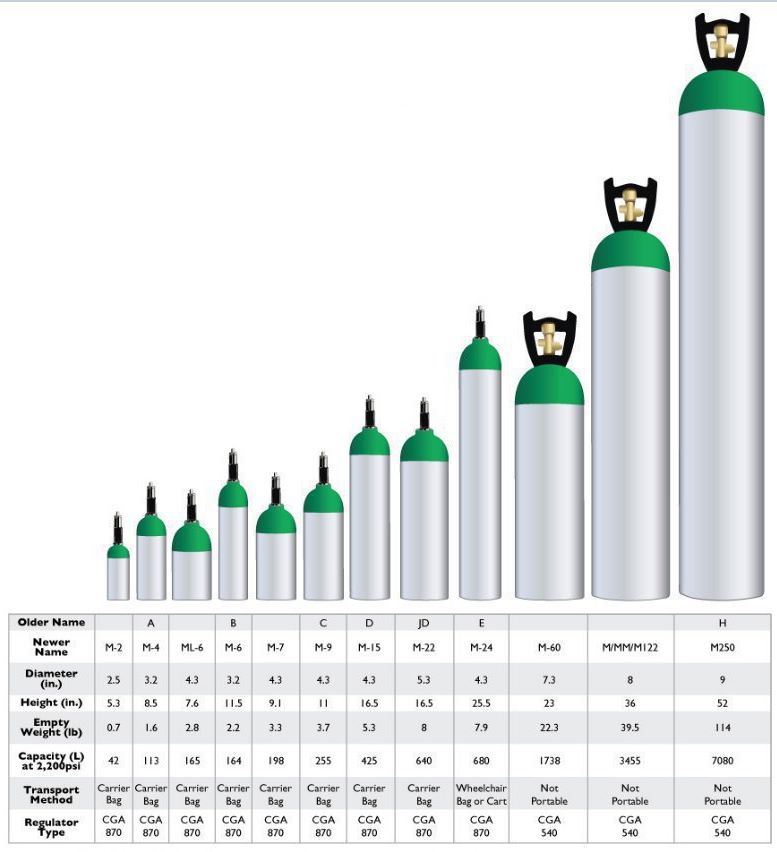Gas cylinder storage requirements for the storage of medical gas cylinders depends on the volume of gas within the cylinders.
Oxygen cylinder storage requirements osha.
The occupational safety and health administration osha references general requirements for compressed gases in 29 code of federal regulations cfr 1910 101 and specific gas requirements are.
Special storage use and handling precautions are necessary in order to control these hazards.
Where a liquid oxygen system is to be used to supply gaseous oxygen for welding or cutting and the system has a storage capacity of more than 13 000 cubic feet 364 m 3 of oxygen measured at 14 7 psia 101 kpa and 70 f 21 1 c connected in service or ready for service or more than 25 000 cubic feet 700 m 3 of oxygen measured at 14.
Or empty cylinder rather than a full one.
Nfpa 99 1999 has very specific requirements for storage of nonflammable medical gases exceeding 3 000 cu.
Up to 20 000 cu.
The hazards associated with these gases include oxygen displacement explosion hazards toxic effects and the physical hazards of a ruptured cylinder.
For example workers could label a cylinder that contains oxygen as either o2 or oxygen gas.
Ft including providing 1 hour fire rated room construction ventilation and explosion proof electrical fixtures such as motors and lights.
Osha requires that gas cylinders in workplaces have specific labeling that explains the type of gas in the cylinder.
Pure oxygen and acetylene are both extremely volatile and dangerously reactive gases.
Compressed gas cylinders must be secured in racks or by chains.
Employees can mark the cylinders with either the trade name of the gas or the chemical name of the gas.
Volumes greater than 3000 ft3.
D oxygen cylinders in storage shall be separated from fuel gas cylinders or combustible materials especially oil or grease a minimum distance of 20 feet or by a non combustible barrier at least 5 feet high or a minimum of 18 inches 46 centimeters above the tallest cylinder and having a fire resistance rating of at least one hour.
The greater the volume the more stringent the requirements for the storage locations.
Hazards associated with compressed gases include oxygen displacement fires explosions and toxic gas exposures as well as the physical hazards associated with high pressure systems.
1926 350 a 10 oxygen cylinders in storage shall be separated from fuel gas cylinders or combustible materials especially oil or grease a minimum distance of 20 feet 6 1 m or by a noncombustible barrier at least 5 feet 1 5 m high having a fire resistance rating of at least one half hour.
This volume of gas must be stored in locations that include the following.

